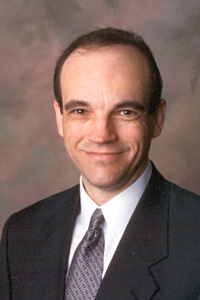David McLain, Ph.D.

Assistant Professor of Management & Technology ManagementAreas of Expertise:Survey design |
Education:Ph.D., University of Wisconsin, Graduate School of Business, Management Biography:David McLain has over 25 years varied experience in science, engineering and research. He has worked with lab techs to develop business-friendly analytical methods, conducted extensive experimental and field research of business decision making, and published articles concerning safety and performance in a wide variety of hazardous jobs, not just health care. Dr. McLain created the MSTAT for the study of decision makers who must make decisions in highly uncertain and complex situations. He also developed improved methods of estimating project uncertainty and complexity that help overcome those threats to schedule and cost goals on any project. David has led quality assessment and continuous improvement efforts, guided professional staffing decisions, and led training in the application of statistical analysis techniques to real-world data. His courses in management, decision making, technology, and strategy have been taken by hundreds, live and online. Survey Measures Designed:Assessment of employees’ tolerance of ambiguity Assessment of employees’ trust of management’s handling of safety Assessment of employees’ perception of the compatibility of safety with production Assessment of employees’ perception of their exposure to dangerous working conditions Assessment of employees’ perception of their visibility at work Key Research Findings:Cost and schedule overruns are the natural consequences of managing a project in the traditional way. Seeing a project as a dynamic, interactive system of people and goals is a first step in tackling this age old challenge. Many health care jobs are hazardous. In those occupations, safety isn’t just about avoiding accidents. It affects employees’ work–it affects how they think about their jobs. It is important to remember that the safety requirements and work demands of health care and other workers can conflict and management attention to this fact can help ensure safe working. Using advanced information technologies when making an important decision is not as helpful as having a clear idea of your definition of success. |
